Tired of Wasps Crashing Your Patio? Here’s How to Fight Back with Plants
I’ve been designing gardens and getting my hands dirty for more years than I can count. And in all that time, the one constant complaint I hear from homeowners is about wasps. I remember a client calling me, completely fed up. She had this gorgeous stone patio that should have been perfect for summer dinners, but every single meal was a battle against yellow jackets.
In this article
Her first thought was to grab the sprays and traps, and look, those things have their place. But it feels like you’re constantly fighting a war, right? She wanted something more peaceful, a solution that would last. That’s when we started talking about using plants as a first line of defense.
A lot of people think of wasp-repelling plants as some kind of garden voodoo. It’s not magic, it’s just smart science. The whole idea is to create an environment that wasps find, well, annoying. This isn’t about getting rid of every single wasp on your property—they’re actually great predators that control caterpillars and other pests. This is about setting boundaries. It’s about encouraging them to do their hunting somewhere else, far away from your deck, your front door, and your kids’ play area.

How a Plant’s Scent Becomes Your Secret Weapon
To get why this works, you have to think like a wasp. Wasps, especially the social ones like yellow jackets and paper wasps, basically see the world with their antennae. These are super-sensitive organs that pick up all the chemical signals floating in the air, guiding them to food, water, or back to their nest. Those same signals also warn them about danger.
Certain plants, especially aromatic herbs and flowers, pump out powerful compounds—you might hear the pros call them essential oils or volatile organic compounds (VOCs). It’s what gives mint that sharp kick and geraniums their floral smell. For a wasp, flying into a dense cloud of these smells is like walking into a department store perfume section and getting sprayed by ten different people at once. It’s overwhelming.
It can completely mask the scent of what they’re actually looking for, like that sweet lemonade on your patio table. In some cases, the smell is just so unpleasant to them that they actively avoid the area. You’re essentially creating a “no-fly zone” of smells they can’t stand.
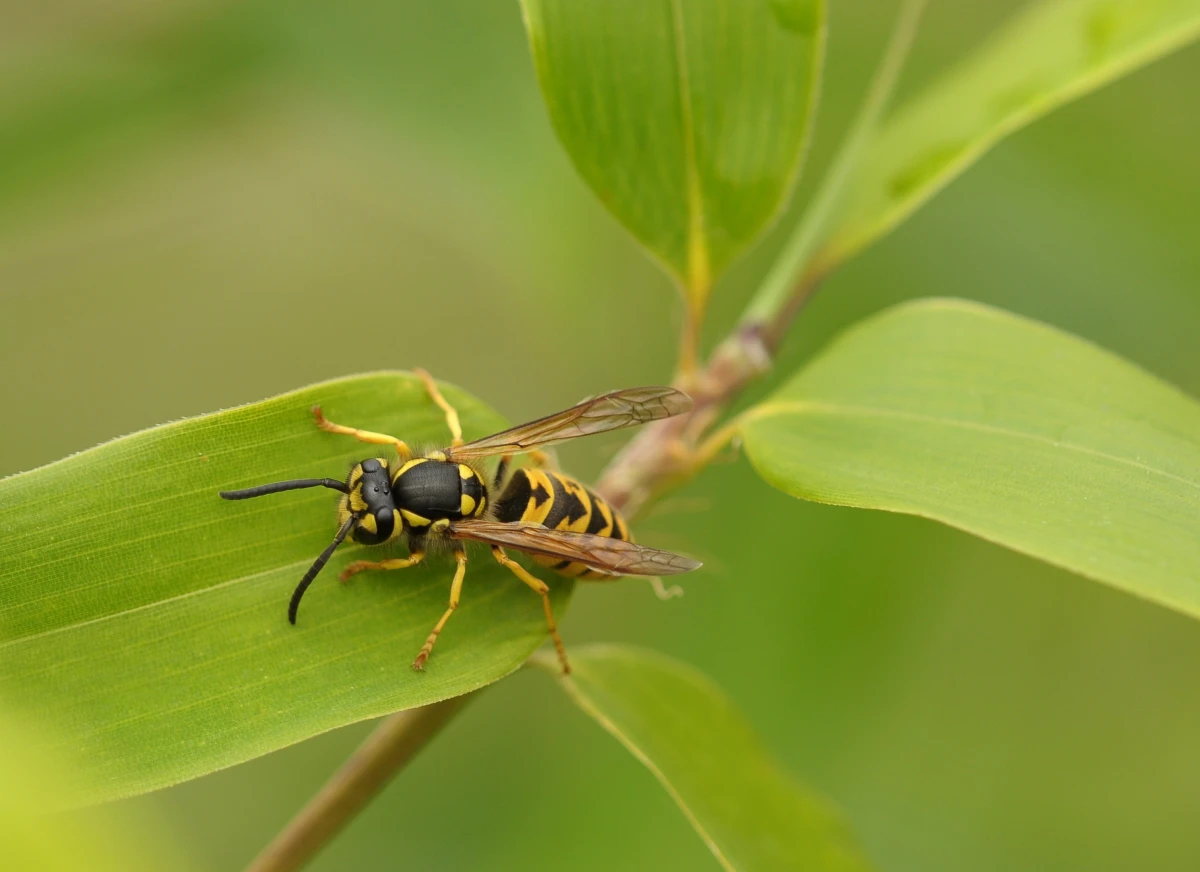
Oh, and here’s a key tip: A healthy, happy plant is a potent plant. A plant that’s stressed out from not enough water or the wrong kind of soil won’t produce those defensive oils very well. So, success isn’t just about picking the right plants, it’s about taking good care of them, too.
Strategic Planting: Thinking Like a Pro
You can’t just toss a single mint plant in the corner of your yard and expect miracles. That’s a common mistake. To get real results, you need to think in terms of zones and layers, creating scented barriers around the places you actually want to use.
Create Your Zones of Protection
First, identify your key outdoor spots. This is usually your deck, patio, pool area, or maybe a kids’ playset. These are the zones you want to fortify. The goal is to build a perimeter of scent around them. For a standard 12-foot deck railing, for example, I’d aim for at least three or four medium-sized pots spaced out evenly. For a larger seating area, having two big planters (think 5-gallon pots or bigger) at opposite corners can create a lovely cross-breeze of repellent scent.
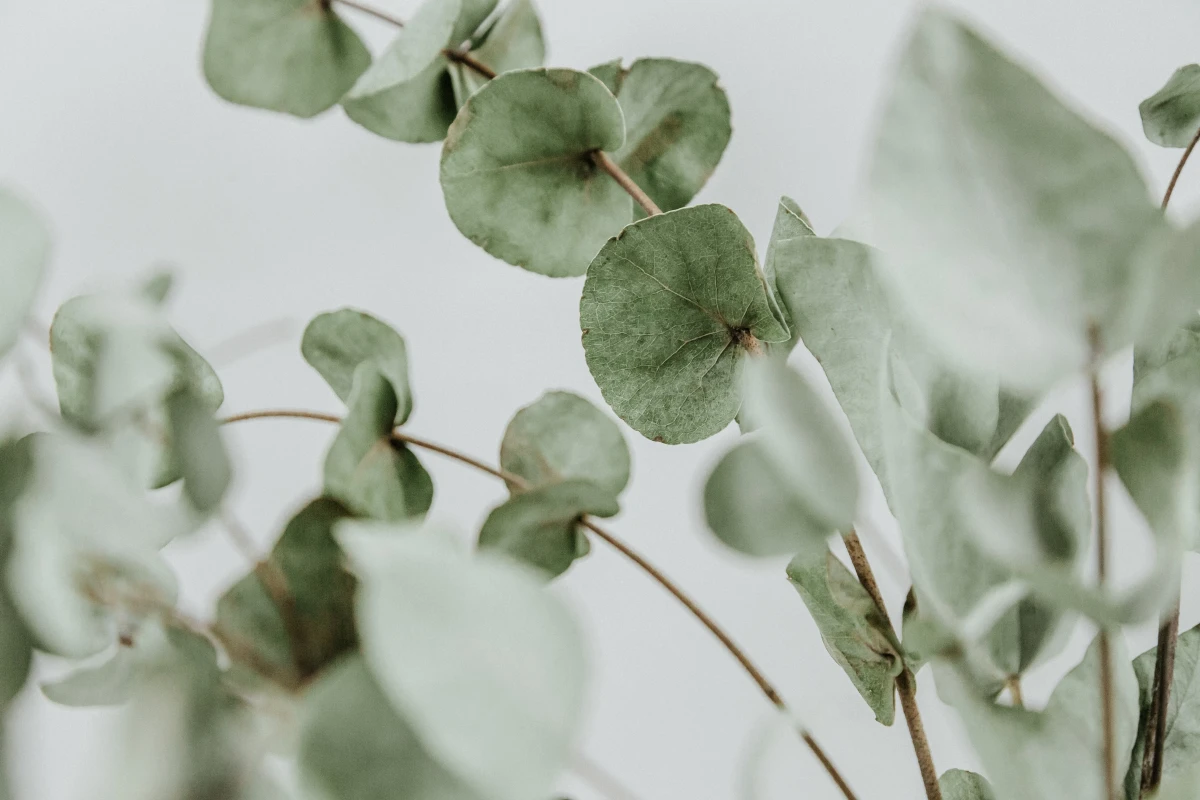
- Doorways and Entrypoints: This is a classic move. Put a pot of basil, marigolds, or scented geraniums on either side of the doors you use to go outside. It creates a little scent-curtain they have to fly through.
- Patios and Decks: Line the edges with a mix of planters. Use hanging baskets with trailing geraniums. Stick a big pot of lemongrass or mint at each corner. A window box full of thyme and basil along a railing is both beautiful and effective.
- Right By Your Seat: Get plants close to where you actually sit. A small pot of thyme on the table or a rosemary bush next to your outdoor couch releases its oils whenever you brush past it.
By the way, you need to be patient. Give your plant shield a few weeks to really grow in and get potent. Don’t expect a wasp-free utopia the day after planting.
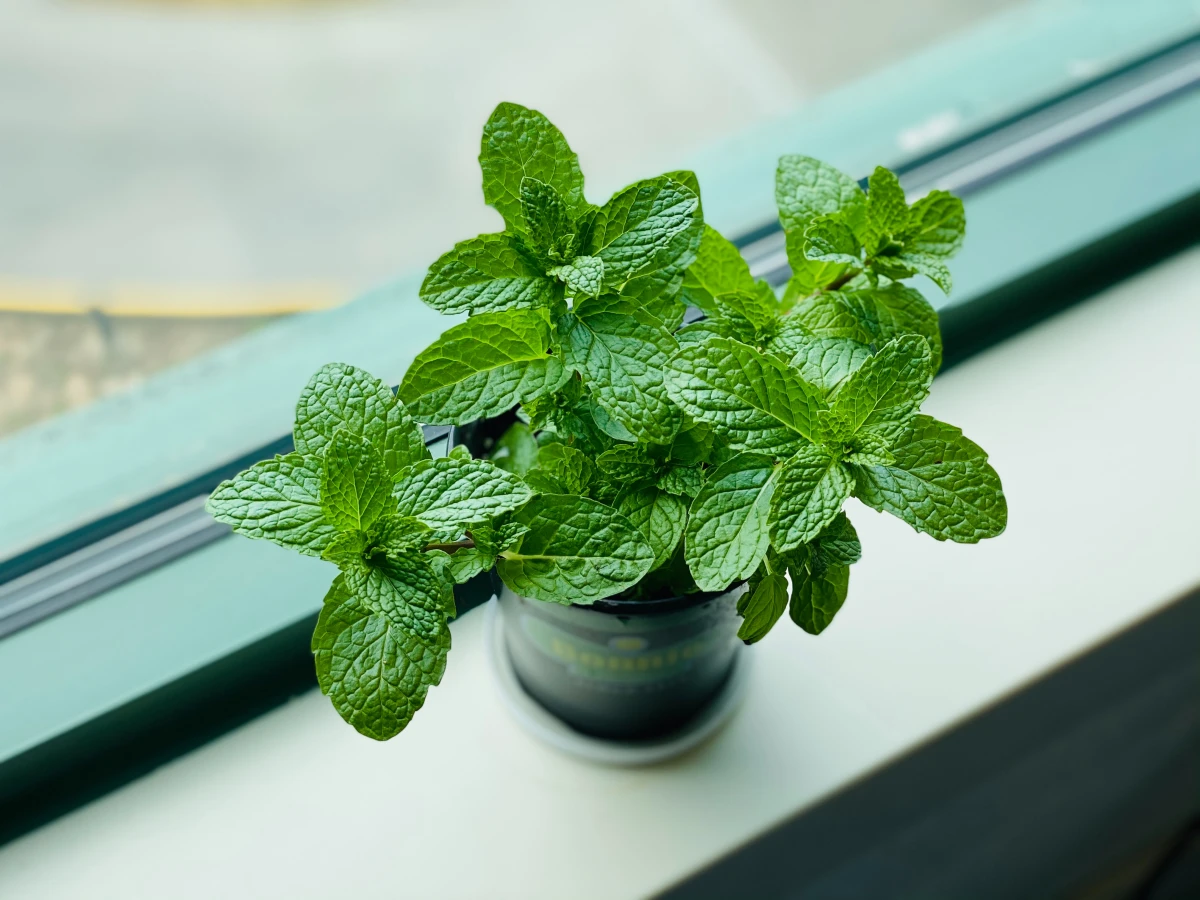
Your First Anti-Wasp Planter: A Simple Recipe
Feeling a bit overwhelmed? I get it. Let’s make it easy. Here’s a simple recipe for one powerful, wasp-repelling container garden. Gardeners often use a “Thriller, Filler, Spiller” model for pots, and it works perfectly here.
First, get a large pot—at least 18-20 inches across. Bigger is better because it holds more soil and moisture.
- The Thriller (Your tall centerpiece): Grab a Lemongrass plant. It provides great height and a powerful citrus scent.
- The Filler (The bushy middle): Add two or three Scented Geraniums (the lemon-scented ones are fantastic). They’ll fill in the space with color and more repellent fragrance.
- The Spiller (The one that trails over the edge): Plant some Creeping Thyme near the edge. It will cascade over the side and release its scent when the sun hits it.
Boom. You’ve just created a powerhouse pot. In terms of budget, you can probably put this whole thing together for under $75, including a decent pot and a bag of quality potting mix. Expect to pay around $5-$7 for starter herbs like thyme, while the lemongrass and scented geraniums might be closer to the $10-$15 range at a local nursery.
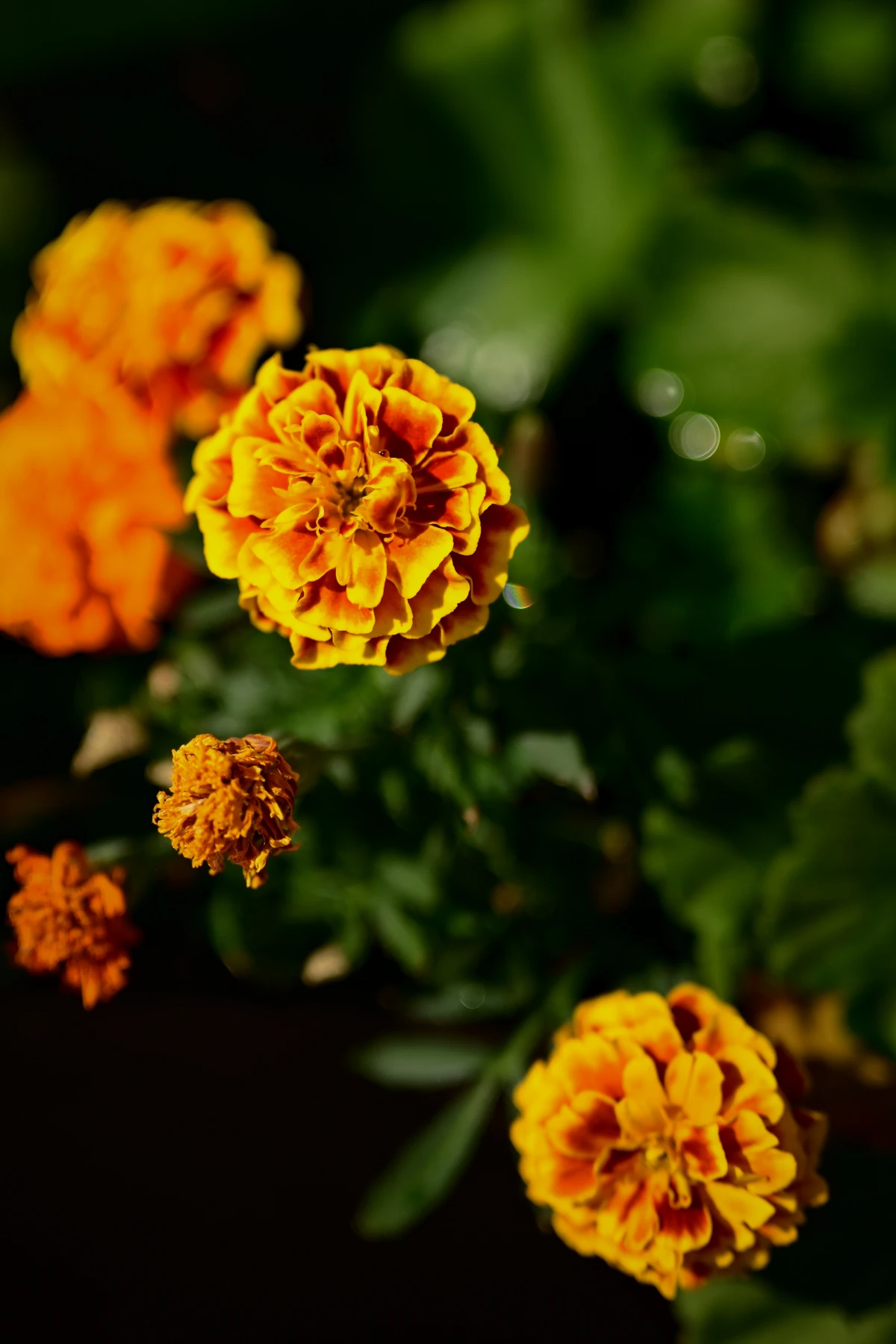
The Gardener’s Toolkit: My Go-To Wasp Repellents
Here are some of the most reliable plants I’ve used over the years. For each one, I’ll give you the real-world scoop on how to use it, what it needs, and any warnings to keep in mind.
1. Spearmint
Let’s start with the heavyweight champion. Mint, especially spearmint, has a sharp, powerful scent that wasps seem to despise. It’s tough, grows like a weed, and you can even crush the leaves and rub them on your arms for a temporary personal repellent (but please, test on a small spot of skin first!).
How to Use It: I cannot say this enough: GROW MINT IN CONTAINERS. Its roots spread aggressively and will absolutely take over your garden in a single season. I learned that the hard way years ago. Plant it in a big pot—at least 5 gallons—and place it at the corners of your deck. It’s super cheap, usually just $4-$6 for a starter plant at any garden center.
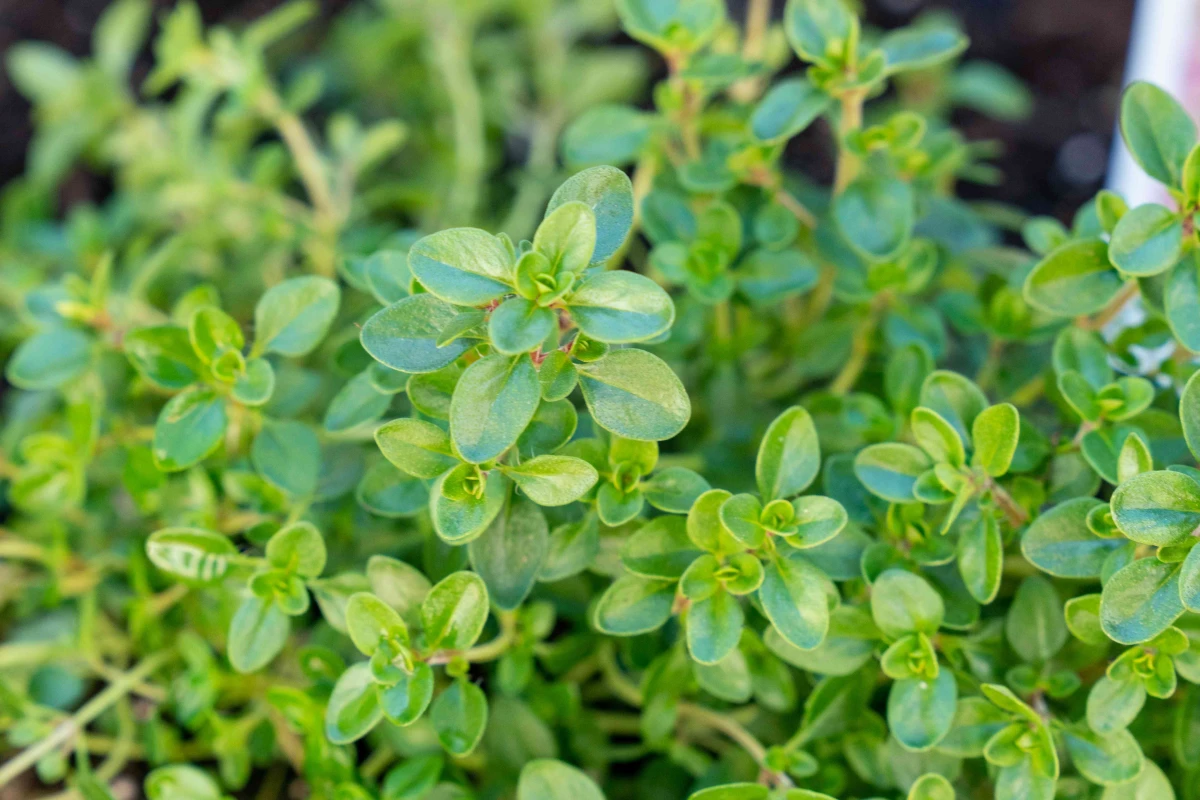
Heads up: Mint is generally considered safe for pets, but if your dog or cat decides to eat a large quantity, it could lead to an upset stomach.
2. Thyme
Thyme is a subtle but effective workhorse. Its earthy, woody scent is fantastic when planted in groups or where people might brush against it. I love using creeping thyme varieties between patio stones; when you walk on them, they release a lovely puff of fragrance that wasps hate.
How to Use It: Common thyme is perfect for pots and window boxes. Creeping thyme is a brilliant groundcover for sunny, dry spots. It needs full sun and soil that drains well—it absolutely hates having wet feet. If you have heavy clay soil, grow it in a pot with a good quality potting mix. It’s also very affordable and generally safe for pets.
3. Scented Geraniums
Quick clarification: we’re talking about scented geraniums, not the classic red ones you see everywhere. The regular ones have a mild effect, but the varieties bred for their fragrance—like lemon, rose, or even mint-scented—are far more powerful. The lemony ones seem to be the most effective bug fighters.
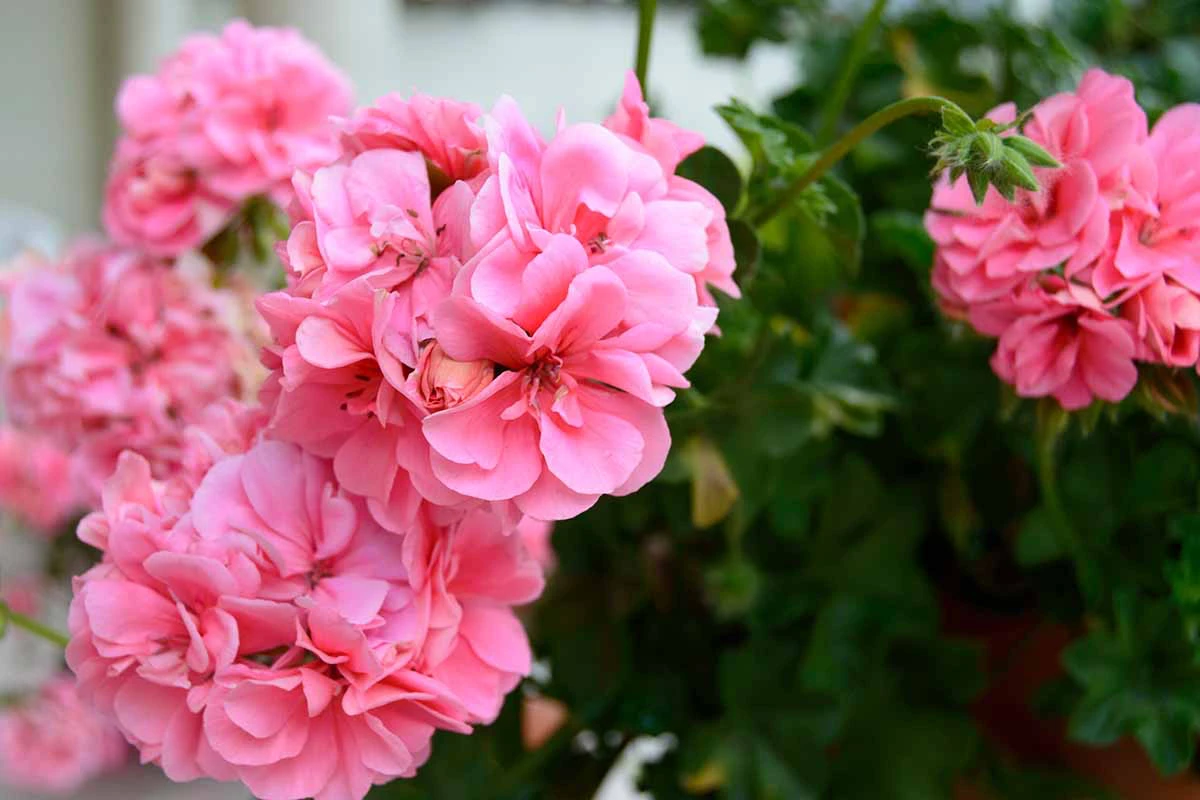
How to Use It: Geraniums are perfect for hanging baskets and pots. You’ll find the best selection at a local nursery rather than a big-box store. Expect to pay a bit more, maybe $8 to $12 for a good one. The scent is released when the leaves get warm in the sun or when you brush past them.
Pet Safety Warning: Geraniums are mildly toxic to dogs and cats, so be careful with placement if your furry friends are plant-chewers.
4. Wormwood
This is a gorgeous plant with feathery, silver-grey leaves. But its scent is pungent and bitter. This is not something you put on the dinner table, but it’s incredibly effective when planted on the perimeter of a garden. Wasps and a lot of other pests just steer clear.
How to Use It: Use it as a border plant or a backdrop. Its silvery color is a beautiful contrast to other green plants. Don’t plant it near edible herbs, as it can stunt their growth.
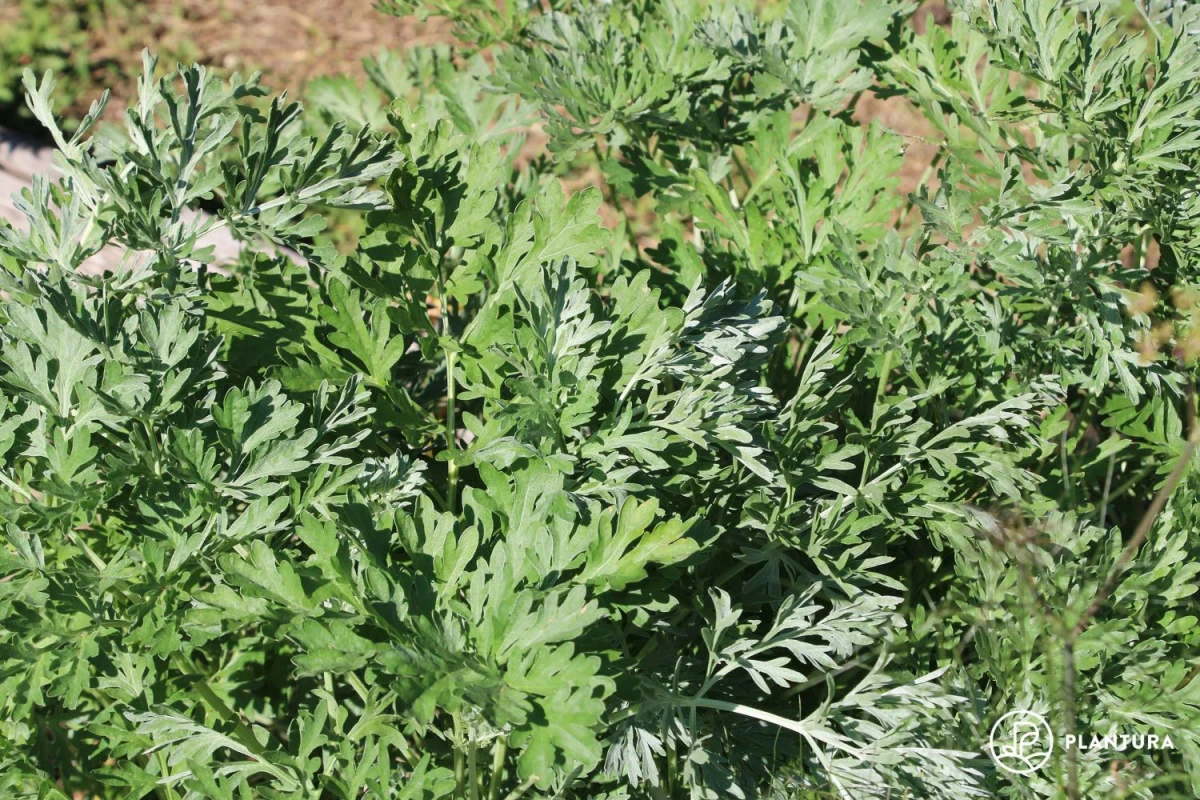
CRITICAL SAFETY WARNING: This one is serious. Wormwood is toxic if eaten by humans or pets. It should NEVER be used in gardens where small children or pets play unsupervised. It can also cause skin irritation, so it’s a good idea to wear gloves when handling it. This is a plant for the outer edges of your yard, far from high-traffic areas.
5. Eucalyptus
That intense, spa-like scent of eucalyptus is a massive insect repellent. For a long time, it was hard to grow outside of warm climates. Now, you can find more cold-hardy varieties, or just grow it as an annual in a pot. Even a single young plant in a container on the deck can make a difference.
How to Use It: In most places, it’s best to grow eucalyptus in a large pot that you can bring inside for the winter. It grows fast and needs full sun. It’s a bit more of an investment, maybe $15-$25 for a young plant.
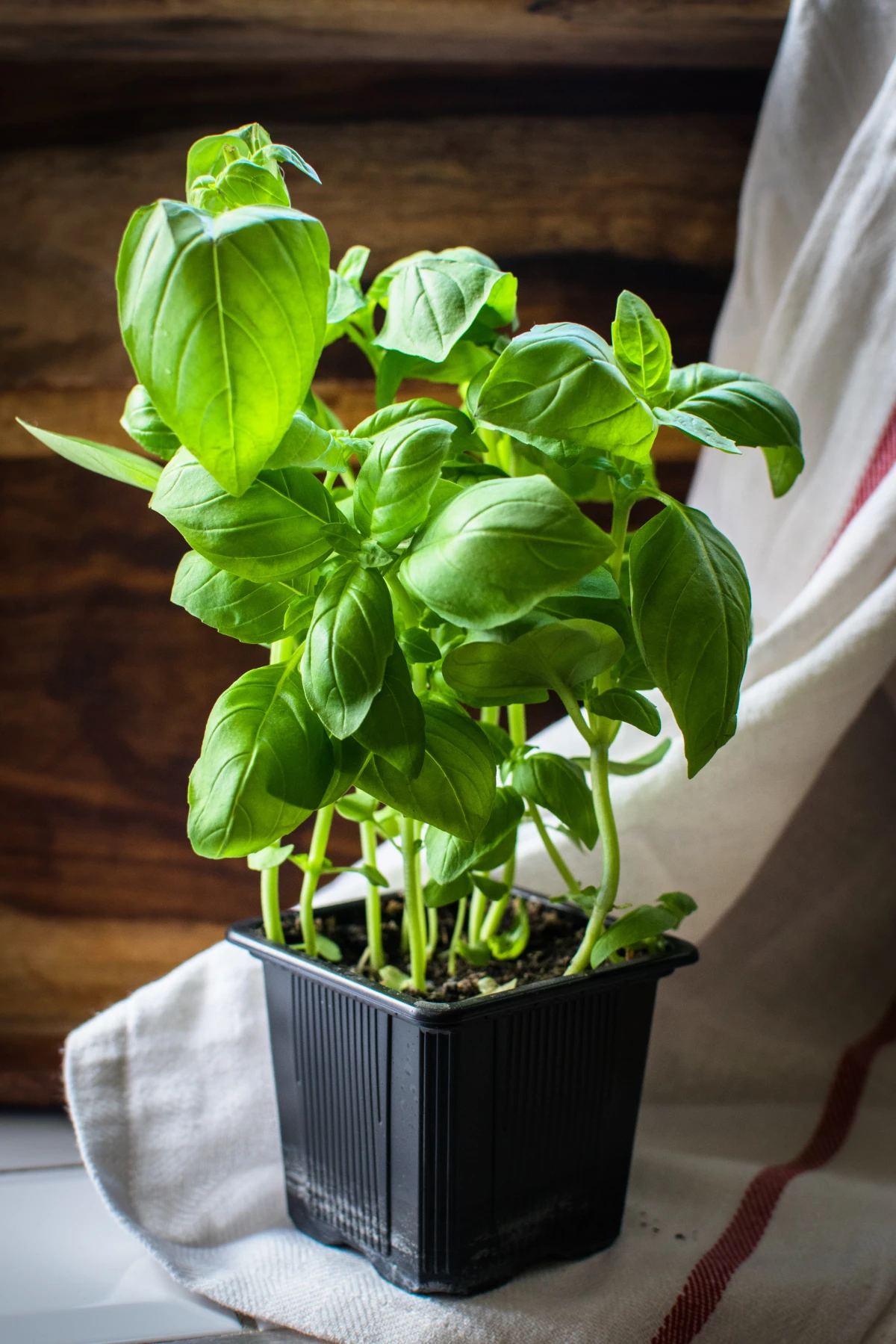
Safety Warning: Eucalyptus oil is toxic if ingested, so be sure to keep fallen leaves away from pets that might be tempted to nibble.
6. Lemongrass
This is the plant that gives us citronella oil, so you know it’s the real deal. Its strong, fresh lemon scent is a classic insect repellent. I find it works best when you plant a few together in a large pot to create a dense clump of fragrance.
How to Use It: Plant it in big pots around patios and pools. It’s a tropical plant, so it needs full sun, heat, and plenty of water to thrive. In most climates, you’ll have to treat it as an annual or bring it indoors before the first frost. It’s generally safe for pets, though it can cause a mild stomach ache if eaten.
Troubleshooting and Quick Wins
Sometimes, even with the right plants, you might need an extra boost.
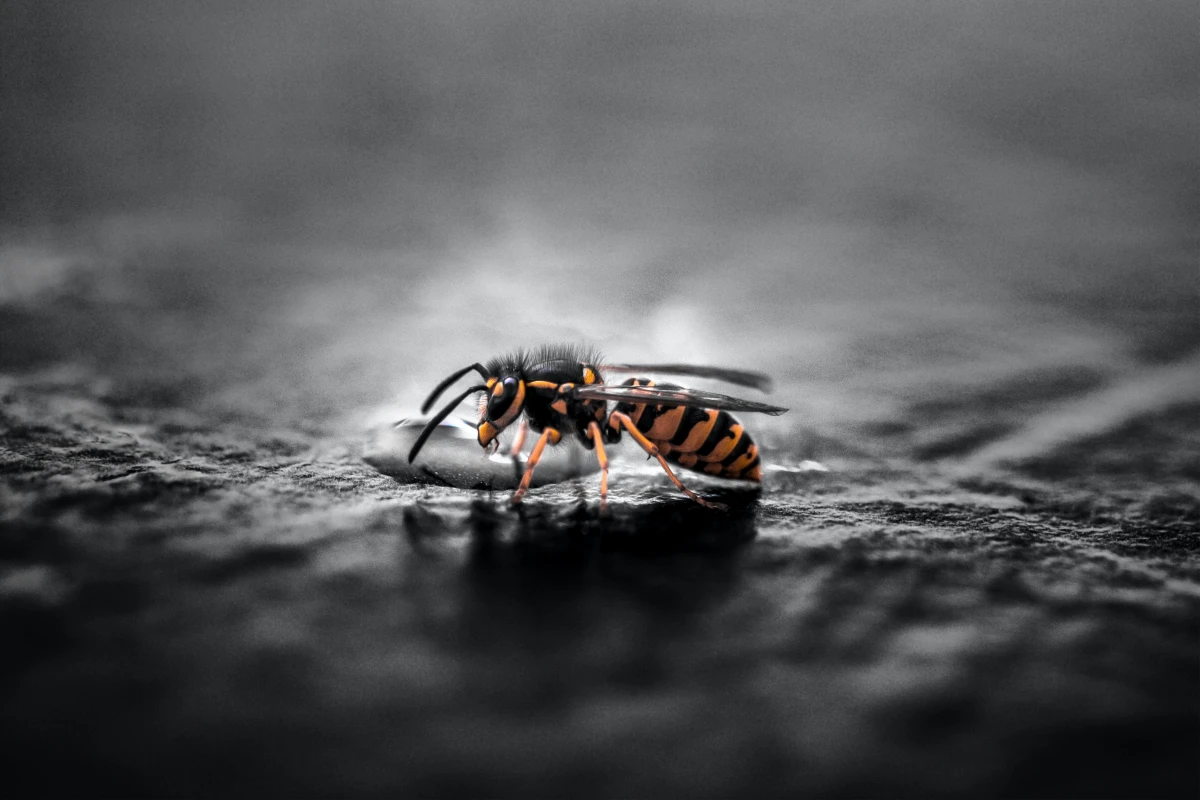
Having a BBQ this weekend? Here’s a quick trick. Buy your plants, but also boil a big pot of water with a handful of fresh mint leaves. Let the steam waft over your patio for an hour before guests arrive. It’s a temporary scent blast that can really help.
And if wasps are still a major issue, it’s time to play detective. Your plants might be getting outcompeted by something even more attractive to wasps. Check for these things:
- Are your trash and recycling bins sealed tightly? (Sticky soda cans are a jackpot for them).
- Is there fallen fruit from trees that needs to be cleaned up?
- Is pet food being left out?
- Do you have a leaky hose spigot or a dripping birdbath providing them an easy water source?
Honestly, fixing these issues is just as important as the plants themselves.
Safety First: When Plants Are NOT the Answer
I have to be very clear about this: a preventative planting strategy is for managing foraging wasps. It is NOT a solution for a wasp nest on or inside your house. Dealing with a nest is a dangerous situation that requires a totally different approach.
The Most Important Rule: Do Not Mess With the Nest
Never, ever try to remove a nest by swatting it, spraying it with a garden hose, or blocking the entrance. When a wasp is threatened, it releases a chemical alarm that calls the entire colony to attack. One sting is bad enough; dozens can be life-threatening, even if you aren’t allergic.
If you get stung, walk away calmly. Wash the area with soap and water and use a cold pack to reduce the swelling.
Warning: Anaphylaxis is a Medical Emergency
A severe allergic reaction to a wasp sting is called anaphylaxis and it’s no joke. If someone has trouble breathing, their face or throat swells up, they break out in hives, or feel dizzy after a sting, call for emergency medical help immediately. People with a known allergy must carry an epinephrine auto-injector.
When to Call a Professional Exterminator
Seriously, don’t be a hero. You absolutely must call a licensed pest control professional if you find a nest in a high-traffic area, inside a wall or attic, or if anyone in your family is allergic. I’ve seen DIY nest removals go wrong, and it’s not pretty. The pros have the right gear and knowledge to do it safely. It’s money well spent, trust me.
Creating a less wasp-friendly yard is a rewarding process. It’s about using a little bit of plant knowledge to your advantage. By placing the right plants in the right spots and keeping your yard clean, you can take back your outdoor space and enjoy those beautiful, peaceful summer evenings.










